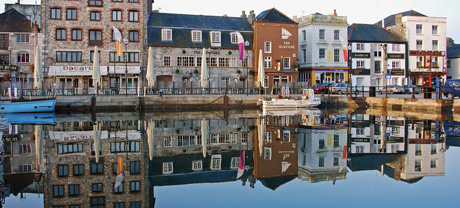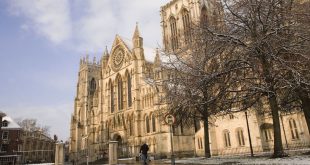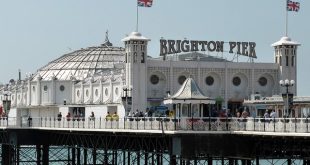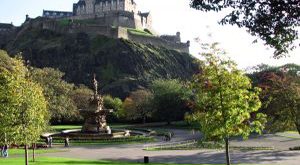Plymouth close to the Devon – Cornwall border promotes itself as Britain’s Ocean City. The sea has, and continues to be central to the city’s economy with its important naval base and the continental ferry port. It is a city of contrasts with plenty for the visitor to see. Plymouth has a wide choice of accommodation with some hotels enjoying sea views. Furthermore, it’s a good base to explore the nearby attractions of Dartmoor and Cornwall.
Plymouth Shopping
Plymouth, being a naval base was heavily bombed by the Luftwaffe during the second world war destroying much of the central area. Sir Patrick Abercrombie, the famous post war reconstruction architect planned the rebuilding of the main shopping area. It is the only pretty well complete example of his plans in the UK. Whilst the modernist architecture is not to everyone’s taste, it is spacious and traffic free. It is a definitive example of mid twentieth century British architecture. The nearby post war Civic Centre is grade II listed by English Heritage.
In contrast, the newer Drake Circus shopping centre housing many famous brands, is of a style familiar in any town.
Plymouth Barbican
Close by to the post war shopping area is the Barbican area with its many historic buildings. The Plymouth gin distillery is the oldest operating in the UK it is open for tours and samples. Whilst here you can relax in one of the numerous bars and restaurants many overlooking the water or take a boat trip. The Mayflower Steps is a place of pilgrimage for US visitors since it is where the Pilgrim Fathers left for the New World. On arrival they established Plymouth Colony, only the second English settlement in what we now know as the USA. Close by is the famous aquarium.
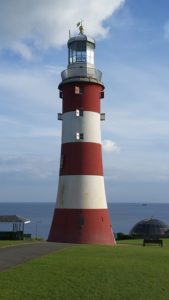
Plymouth Hoe, Space to breath
Between the modern city and the sea, lies the Hoe. This open area of parkland houses many events throughout the year. It is where Sir Francis Drake reputedly finished his game of bowls before leading the successful attack on the Spanish Armada. Also on the Hoe there are many final memorials to the many fallen military heroes.
Smeaton’s Tower, the iconic symbol of the city is here. This was the third lighthouse built on the dangerous Eddystone Rocks, it marked a breakthrough in lighthouse design. In 1882, after more than one hundred years service, it was part dismantled and rebuilt on the Hoe. Below the cliffs, you can find the lovingly restored Tinside Pool, an increasingly rare example of a 1930’s Art Deco Lido.
The new Waterfront
The most recent addition to the list of visitor attractions is Royal William Yard. This huge former naval victualling yard comprises of many early nineteenth century grade one listed buildings. These solid stone buildings are undergoing sympathetic updating to provide an exciting waterfront development.
There are modern apartments, shops, bars and restaurants. It’s a level 30 minute walk or you can use buses or taxis. During the day a regular passenger ferry operates to and from the Barbican.
Nearby
The Dartmoor National Park is north of the city and in easy reach.
The National Trust owns several properties including Saltrum, Antony, Cotehele and Buckland Abbey furthermore, Lanhydrock across the bridge in Cornwall is well worth a day out. Coleton Fishacre, the Arts and Craft holiday home of Rupert D’Oyly Carte is delightful.
Click here for the Tourist Information Office
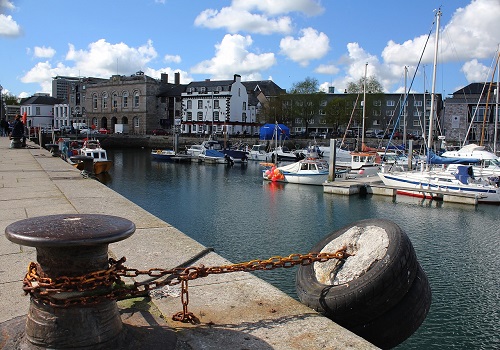
 Travellers Club The Travellers Club, a free to join on-line club for everyone who loves to travel.
Travellers Club The Travellers Club, a free to join on-line club for everyone who loves to travel.
